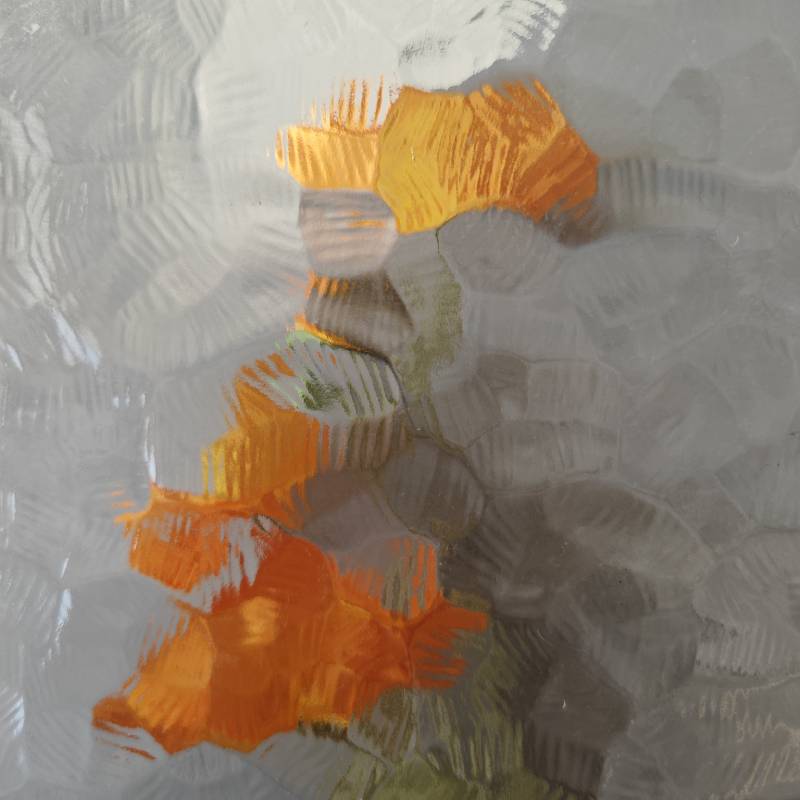

Understanding Tempered Glass Prices Factors and Market Trends
Tempered glass, known for its strength and safety features, has become an essential material in various industries, including construction, automotive, and home decor. As demand for this type of glass increases, understanding its pricing structure becomes crucial for both manufacturers and consumers alike. In this article, we will explore the factors influencing tempered glass prices, current market trends, and considerations for those looking to purchase this specialized glass.
What is Tempered Glass?
Tempered glass, also known as toughened glass, is manufactured through a process of extreme heating and rapid cooling. This treatment significantly increases its strength compared to normal glass and makes it less likely to break. In the case of breakage, tempered glass shatters into small, blunt pieces instead of dangerous shards, making it a safer option for a variety of applications such as shower doors, glass facades, and vehicle windows.
Factors Influencing Tempered Glass Prices
1. Material Costs The base materials used to produce tempered glass, primarily silica sand, soda ash, and limestone, fluctuate in price due to market conditions. An increase in the cost of these raw materials directly impacts the cost of finished tempered glass.
2. Manufacturing Process The production process of tempered glass is more complex than that of ordinary glass. The need for high-temperature furnaces and the energy required for heating and cooling contribute to higher operational costs. Consequently, manufacturers often pass these costs onto consumers.
3. Thickness and Size One of the most significant factors affecting the price of tempered glass is its thickness and size. Thicker and larger pieces require more raw materials and energy to produce, leading to higher prices. Custom sizes and shapes, which often require specialized equipment and processes, can also elevate costs.
4. Coatings and Treatments Many applications of tempered glass require additional surface treatments, such as anti-reflective coatings or low-emissivity (low-E) layers. These coatings enhance the functionality of the glass, such as improving energy efficiency or reducing glare, but they also add to the overall price.

5. Market Demand The demand for tempered glass continues to rise, driven by the growing construction and automotive industries. High demand can lead to increased prices, especially if production capacities do not keep up. Seasonal fluctuations in demand, such as during peak construction periods, can also impact prices.
6. Geography and Logistics Transportation costs play an essential role in determining the final price of tempered glass. Geographical location can influence these costs, with distant suppliers incurring higher shipping expenses. Additionally, tariffs or trade restrictions may impact prices in certain regions.
Current Market Trends
As of late 2023, the tempered glass market showcases several trends that may affect pricing. The shift towards environmentally friendly building materials has increased the demand for energy-efficient glass solutions, driving innovation and potentially influencing costs. Additionally, advancements in manufacturing technology may offer efficiencies that could stabilize or even reduce prices in the long run.
The automotive sector is also experiencing a shift towards increased safety standards, which is prompting manufacturers to adopt tempered glass for a wider range of applications. As more vehicles incorporate this glass type, demand is expected to increase, potentially leading to higher prices in the automotive glass market.
Conclusion Making Informed Decisions
For consumers and businesses considering the purchase of tempered glass, it is essential to understand the various factors influencing prices. By being aware of the material costs, manufacturing processes, and market trends, buyers are better equipped to make informed decisions. Additionally, comparing quotes from multiple suppliers and seeking bulk purchase discounts can help mitigate costs.
In a constantly evolving market, staying informed and adaptable is key. As the demand for tempered glass continues to rise and production methods advance, it will be essential to keep an eye on pricing trends to ensure both quality and value in any tempered glass purchase. Understanding these dynamics not only prepares buyers for the financial aspects but also ensures they are equipped with a product that meets their specific needs and requirements.